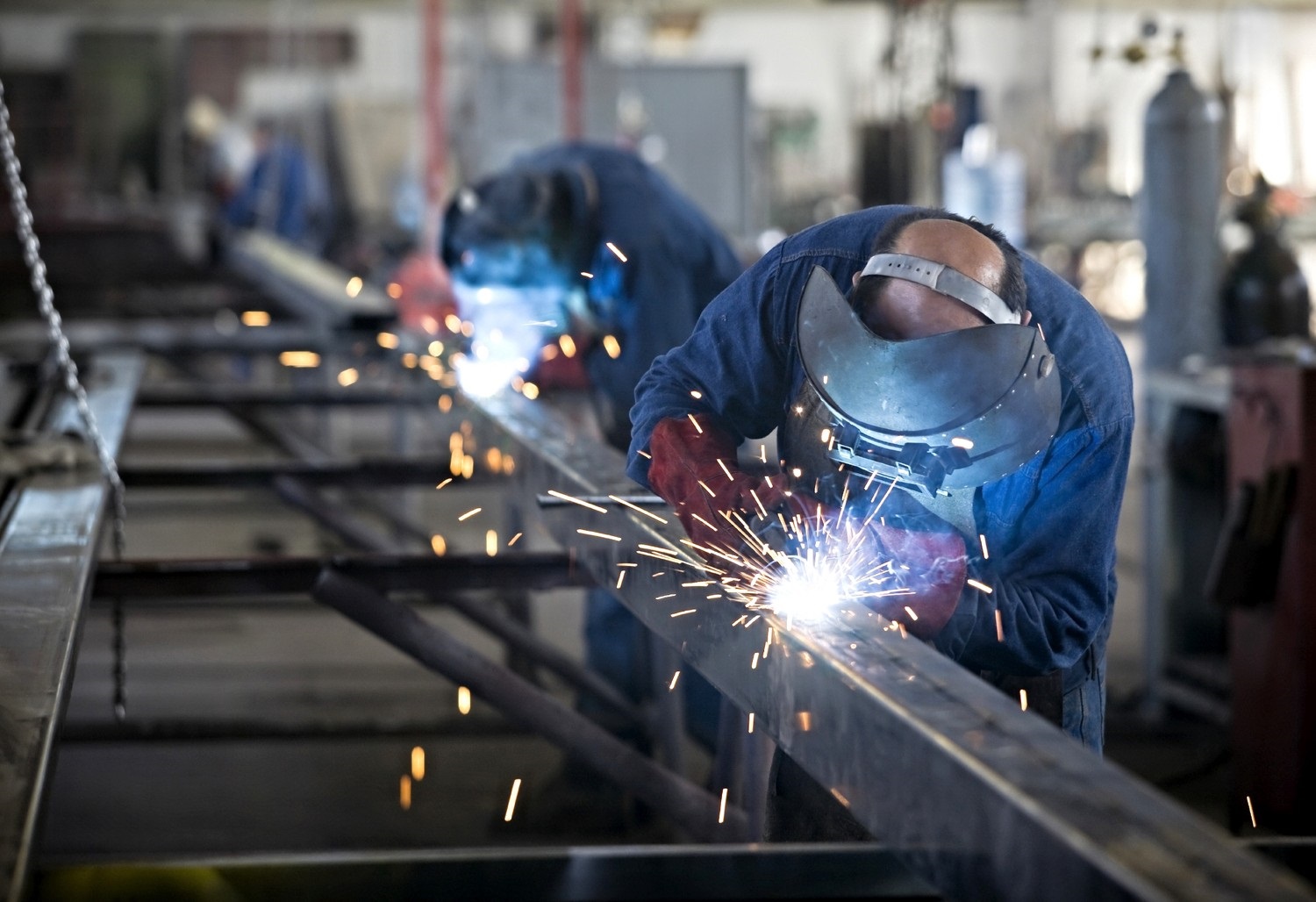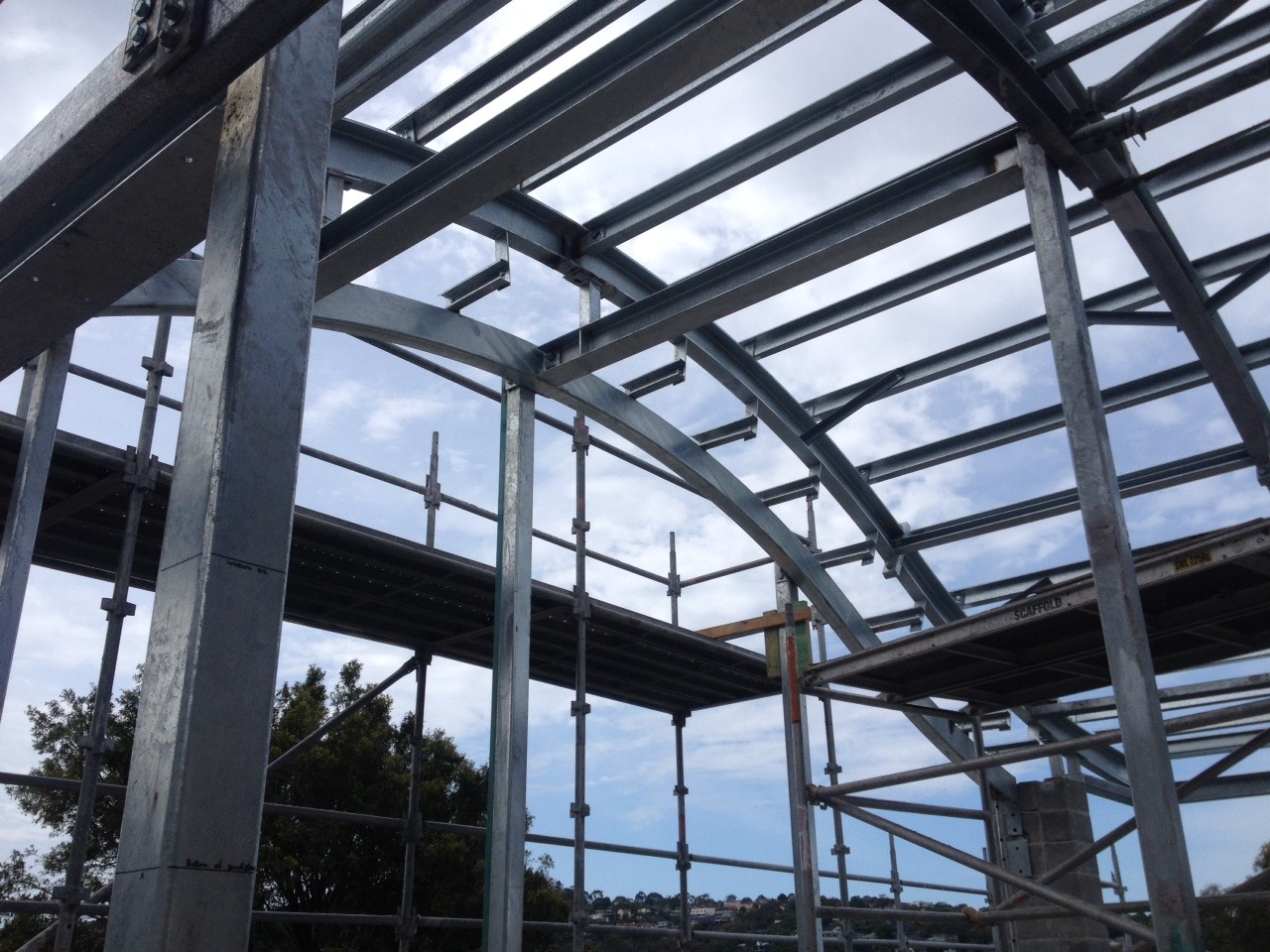Comprehensive Evaluation of Cutting-Edge Techniques in Steel Construction Market
As the steel manufacture sector proceeds to progress, the integration of cutting-edge techniques has actually come to be crucial for staying competitive and satisfying the needs of modern-day manufacturing standards. In this dynamic sector where technology plays a crucial role, comprehending the subtleties of these advanced techniques is not just an alternative however a need for those looking to build in advance in the ever-evolving world of steel construction.
Laser Cutting Improvements
In the world of steel construction, laser cutting innovations have changed the accuracy and effectiveness of steel shaping processes. By harnessing the power of focused laser beams, producers can now accomplish unequaled levels of precision when cutting through various types of metals. This technology allows detailed styles to be carried out with minimal product wastage, making it a cost-effective service for markets calling for high accuracy components.
Among the vital advantages of laser cutting is its capacity to deal with a large range of products, consisting of stainless-steel, light weight aluminum, and carbon steel, easily. The process generates clean, burr-free edges, removing the demand for added ending up actions. The non-contact nature of laser cutting lowers the danger of material contamination, resulting in greater quality end items.
Furthermore, laser reducing devices can be set to make swift, exact cuts, substantially minimizing production time contrasted to traditional reducing methods. This speed and precision make laser cutting specifically suitable for mass manufacturing atmospheres where performance is extremely important. As technology continues to advancement, laser cutting is poised to play a significantly important duty in the steel fabrication market.

CNC Machining Innovations
The evolution of CNC machining innovations has actually ushered in a new age of accuracy and performance in the steel fabrication industry. Computer System Numerical Control (CNC) equipments have transformed steel construction by supplying unparalleled accuracy and repeatability in the manufacturing process. steel fixing. Among the essential advancements in CNC machining is the combination of innovative software program systems that make it possible for real-time surveillance and adjustments, leading to enhanced performance and high quality control
Moreover, the growth of multi-axis CNC makers has actually permitted the construction of complicated steel elements with elaborate styles that were previously challenging to produce. These devices can perform a vast array of machining procedures, consisting of milling, boring, turning, and grinding, all with high degrees of accuracy.
Additionally, the unification of automation and robotics in CNC machining has streamlined production procedures, lowered preparations, and reduced the margin of error. This combination of sophisticated modern technologies not just improves effectiveness but additionally makes sure constant high quality throughout all produced steel parts. Finally, CNC machining advancements proceed to drive developments in the steel fabrication market, setting new criteria for precision and productivity.
Automated Welding Technologies
Automated welding modern technologies have changed the steel construction industry, boosting efficiency and accuracy in the welding process. These cutting-edge modern technologies utilize computer-controlled systems to automate the welding procedure, resulting in greater productivity degrees and improved weld top quality. One of the essential benefits of automated welding is the capability to perform complicated welds with regular accuracy, lowering the possibility of mistakes and revamp.
Robotic welding systems are at the center of automated welding innovations, supplying unequaled rate and precision. These systems can take care of a wide variety of welding jobs, from simple to elaborate, effortlessly (metal fabrication melbourne). By utilizing sophisticated sensing units and software, robotic welders can adjust to variants in material and joint geometry, guaranteeing an attire and trusted weld
Additionally, automated welding innovations boost office safety by reducing the direct exposure of human welders to unsafe fumes and intense heat. As the steel construction market remains to evolve, integrating automated welding technologies will be vital for business seeking to remain affordable and fulfill the expanding needs for high-quality welded products.
Robotics Combination in Construction
Using robotic systems in construction processes has become a critical technique for enhancing performance and precision in modern-day production settings. Robotics integration in steel fabrication provides a myriad of benefits, including boosted performance, enhanced quality assurance, and improved precaution. These innovative robot systems are furnished with sophisticated sensing units and programs capabilities, allowing them to execute detailed jobs with a high degree of precision and repeatability.
Among the essential advantages of robotics integration in steel fabrication is the capacity to automate repeated tasks, such as product handling, cutting, welding, and assembly procedures. This not only speeds up manufacturing cycles yet likewise reduces the threat of human error, leading to greater general item quality. In addition, robots can run 24/7, dramatically increasing production outcome and meeting limited job deadlines.

3D Printing in Steel Manufacturing
Having reinvented the steel manufacture sector via robotics integration, the growing expedition of 3D printing in steel production is positioned to further advancement the world of modern-day production techniques. 3D printing, likewise recognized as additive production, offers i thought about this unprecedented style flexibility and intricacy, allowing the development of elaborate steel structures that were formerly unattainable with standard production methods. By utilizing computer-aided style (CAD) software program, suppliers can specifically regulate the layer-by-layer deposition of steel product, causing components with boosted functionalities and geometries.
One of the key benefits of 3D printing in steel production is its capacity to decrease material waste considerably. Unlike subtractive manufacturing processes where excess product is cut away, 3D printing just utilizes the required amount of steel required for the final part. This efficiency not just brings about set you back savings however also straightens with lasting production methods by lessening environmental impact.
Moreover, 3D printing makes it possible for quick prototyping and personalization, enabling the production of little batches of complex steel parts with brief lead times. As the technology remains to develop and become extra easily accessible, its combination into mainstream steel fabrication procedures is useful reference expected to drive innovation and performance across the sector.
Final Thought
In final thought, the steel manufacture sector has actually seen significant advancements in methods such as laser cutting, CNC machining, automated welding, robotics combination, and 3D printing. These innovative modern technologies have actually changed the means steel items are made, causing increased accuracy, performance, and cost-effectiveness. Proceeded financial investment in these cutting-edge strategies is critical for the sector to remain competitive and meet the demands of modern-day production procedures.
As the steel construction industry continues to advance, the assimilation of cutting-edge techniques has actually come to be necessary for staying competitive and fulfilling the needs of contemporary manufacturing criteria.One of the crucial advantages of laser cutting view publisher site is its ability to deal with a broad range of products, including stainless steel, aluminum, and carbon steel, with convenience.Automated welding innovations have reinvented the steel construction industry, enhancing performance and precision in the welding process.Having actually transformed the steel manufacture market through robotics combination, the growing expedition of 3D printing in steel manufacturing is positioned to more development the realm of contemporary manufacturing methods.In conclusion, the steel construction industry has actually seen substantial improvements in techniques such as laser cutting, CNC machining, automated welding, robotics assimilation, and 3D printing.